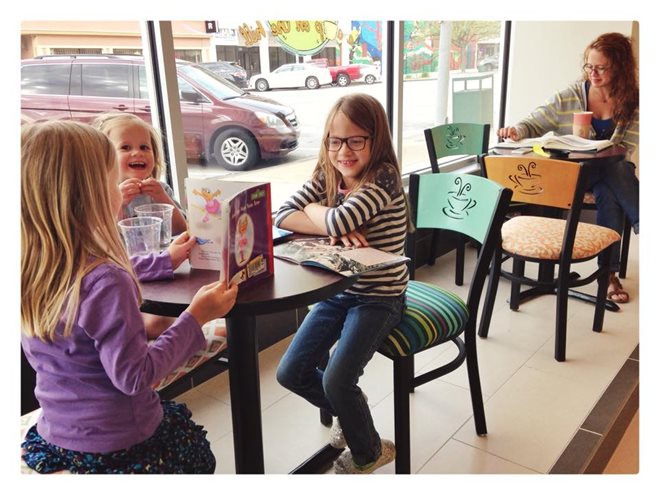Image

When Community Housing of Wyandotte County in Kansas City expanded to serve a new neighborhood, it faced a challenge. The demographics of the area had changed dramatically over the years, becoming heavily Latino with a few Asians, but still incorporating blacks and, to a dwindling degree, whites.
“It is a city of immigrants from different areas,” says Steven Curtis, director of community building and engagement. “Unfortunately, this meant no one talked to each other, and no one knew what to do or who to talk to when a problem occurred in the neighborhood. There were lights out on the street, vacant houses, neighbors parking in front of other people’s driveways. But they didn’t want to make trouble, they didn’t feel comfortable stepping forward and they didn’t to bring the police in. We needed to turn that around.”
| Changing one block at a time with a neighborhood cleanup. |
Since Community Housing is a member of the NeighborWorks network, the organization had a ready way to learn from other nonprofits that have faced similar challenges: the Peer-to-Peer Visit Grant. Through this program offered by NeighborWorks, member groups apply to either serve as hosts, offering to share what they’ve learned, or visit others and benefit from their lessons learned. Community Housing chose to visit Nuestra Comunidad Development Corp. in Roxbury, MA, which had once experienced a serious crime problem and needed to both nurture community engagement overall and with the police force specifically.
“When we were first tapped to help create a revitalization strategy for Roxbury and North Dorchester, we also immediately noticed a lack of community cohesion,” says Monica Dean, director of resident services and community organizing for Nuestera, explains. “Many longtime residents didn’t know their next-door neighbors’ names.” However, the organization has successfully reversed that situation.
“The level of ‘collective efficacy’ has risen considerably,” says Dean. “More people are confident enough in the police to call 911, and crime has dropped. And the data from the city’s Department of Neighborhood Development show that foreclosures are down and median home prices are up. Re-building trust doesn’t happen overnight, but it is possible. Everyone just has to work together.”
Curtis wanted to learn from Nuestra’s experience, so with a grant from NeighborWorks, traveled there for a peer visit. “One of the police captains there told me the importance of educating the residents that they can’t change what isn’t reported. So we’ve been going door to door with knob hangers, organizing cleanups, etc.”
 |
| Cup on a Hill coffee shop |
Another benefit of the visit to Nuestra was a stop by the nearly Haley House, a “socially conscious coffee house.”
“I've included Haley House in every one of my peer-to-peer sessions so others can 1) understand the importance of community building and neighborhood revitalization through collaborations and 2) understand how we work together with Haley House to the serve the community in its entirety. We work together to make this café a thriving business that not only serves healthy and organic breakfast and lunch every day, but uses food and the power of community to break down barriers between people, transfer new skills and revitalize neighborhoods.”
Community Housing had recently opened its own coffee shop, Cup on a Hill, which also incorporates youth skill-building programs. So there was a lot to discuss and share.
Since 2010, 72 NeighborWorks groups have participated in a peer-to-peer visit as a visitor or host (or both); a total of more than 50 visits have taken place. Over the last year, Community Housing also has visited NeighborWorks organizations in Chicago, to learn what has been done to turn around a decaying housing stock; Chinatown in San Francisco, to see their youth programs; and New Kensington, PA, which has successfully used greening tactics to revive a depressed urban area.
“It’s all been amazing. Every time I go on a visit, I learn other things I didn’t expect,” says Curtis. “We have so much we can teach each other.”

